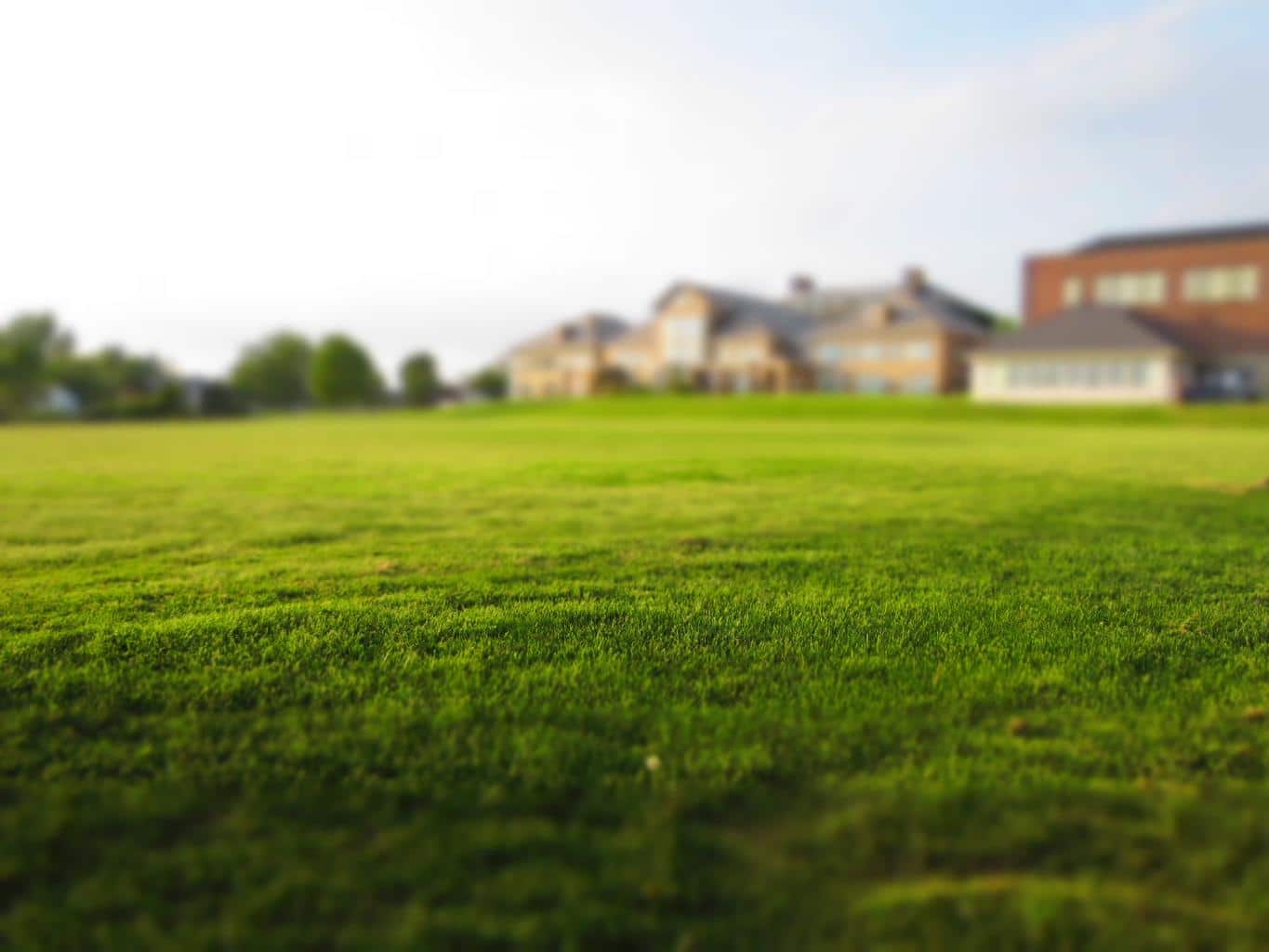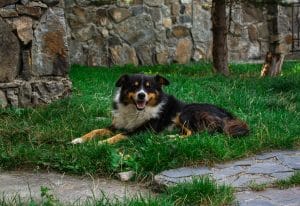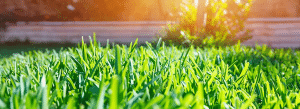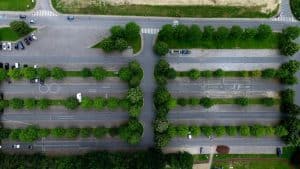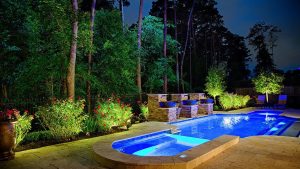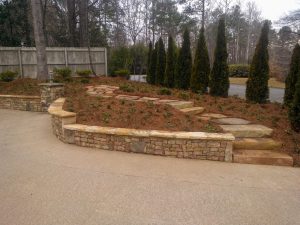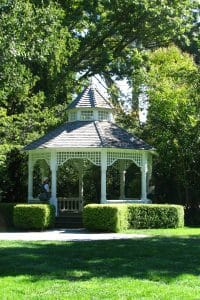Sometimes even the best maintenance practices will not prevent fungus or grubs on your lawn. There are 6 common types of lawn ailments that stem from environmental factors.
Brown Patch
Brown patches can start appearing on your lawn during the summer. This is indeed a fungus called Rhizoctonia (or blight) that attacks cool-season grasses such as Tall Fescue. This fungus grows when the grass is cut too short or stays wet for longer than a 10-hour period. Look for brown circling with a tuft of green in the center, areas of 5 inches to 10 feet that have turned brown, or brown grass that easily pulls out of the ground.
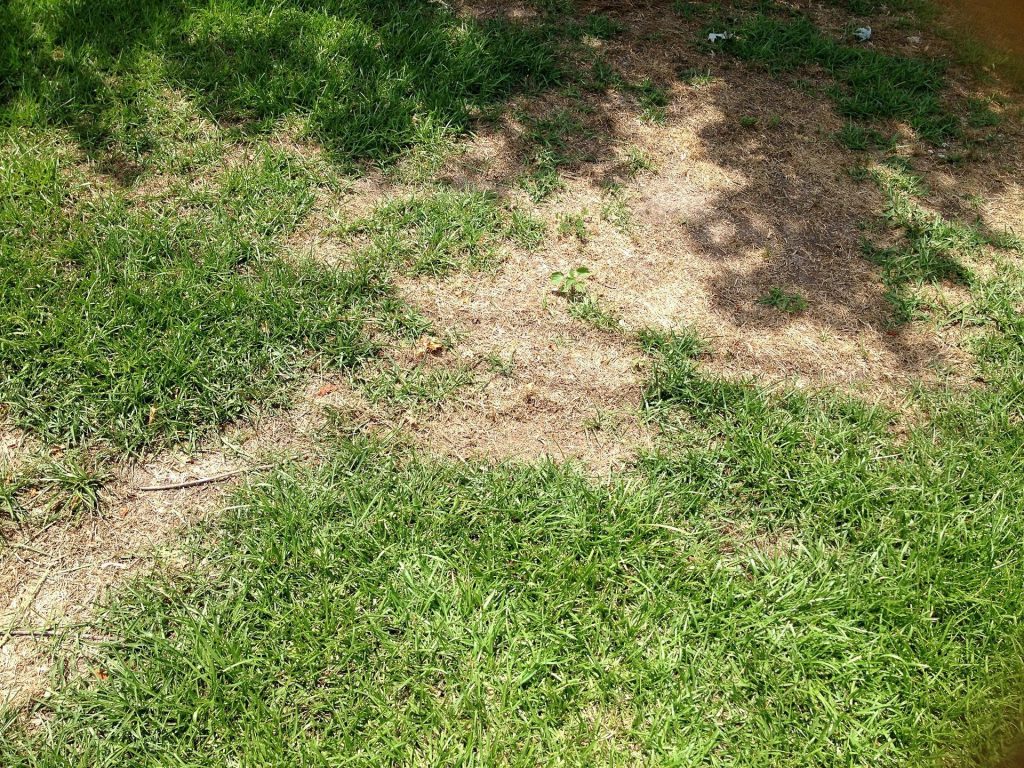
Plythium Root Rot
This type of fungus appears with extremely moist soils (poor drainage conditions, over-irrigated areas, and extended periods of rain). It mostly affects Bermuda, Centipede, and Zoysia grasses. Look for oddly shaped yellow patches or irregularly shaped grass blades.
White Grubs
White grubs can be one of the worst things found on your lawn. However, before you panic consider proper diagnosis before treating the area. It is common to find a couple of grubs on your lawn, but when there are more than 8 to 10 grubs per square foot – THEN you have a problem. Not only do these grubs kill your grass, but some will also morph into beetles, which can attack your shrubs and trees.
Dollar Spot
This disease affects all varieties of grasses in North Georgia. It becomes worse during very dry soil conditions. Look for yellow-brown spots about the size of a dollar (hence the reason it is called Dollar Spot). You may also see lighter colored lesions with lateral brown bordering from the tip to base of the grass blades.
Leaf Spot
This fungus affects many different grasses. It appears as purple-brown or black spots, while the blades of grass are shriveled at the base. There is also a tendency for thinning out after the fungus appears. Leaf Spot occurs in cool, wet conditions, where there are high amounts of nitrogen and when the grass has been cut too short.
Fairy Ring
This fungus grows during wet conditions or when there is rotting matter underneath the soil. Look for a ring of grass that may have darker green, yellow, and brown grass inside the ring. The easiest way to identify Fairy Ring is when the fungus is in the reproduction phase, where you’ll see mushrooms appearing inside the ring.
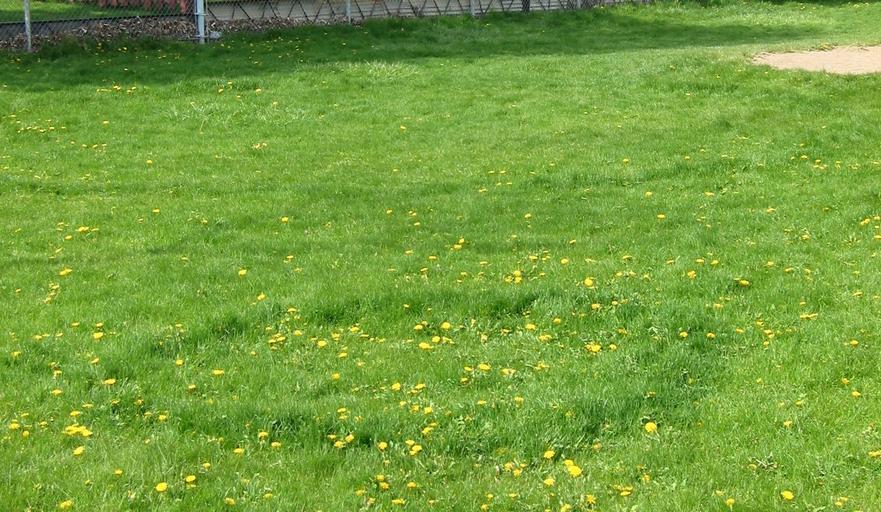
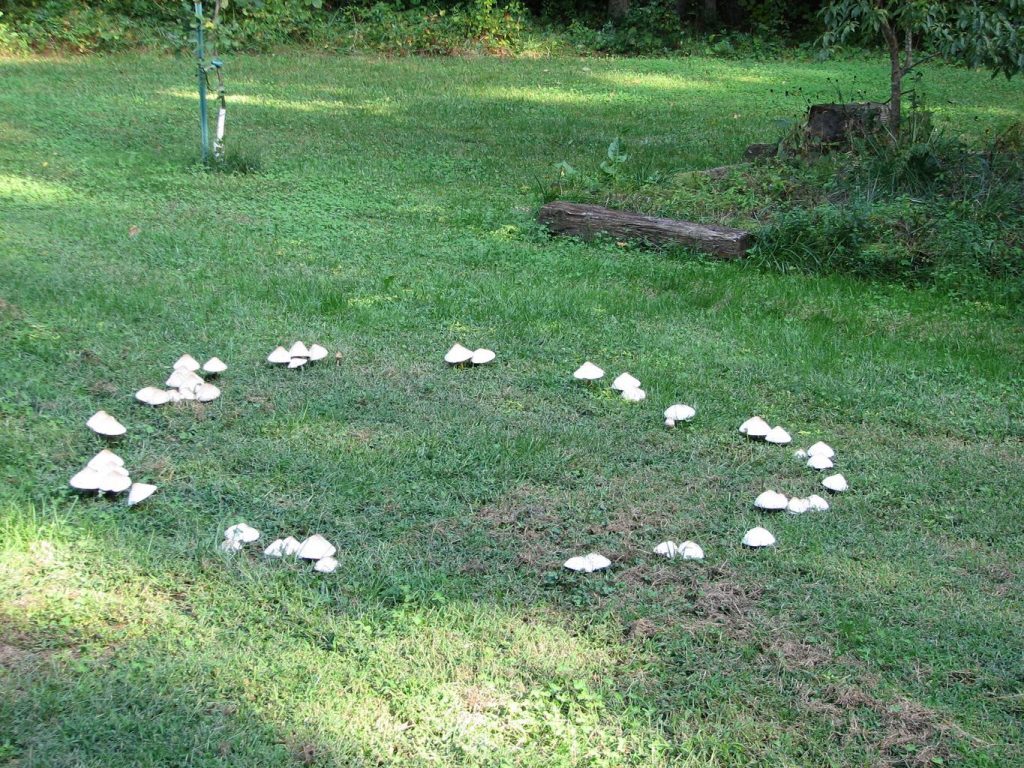
The Four Best Grasses for Your Lawn
In the south, it can be a difficult battle for a lush, green lawn. Between environmental factors such as the soil and drainage, it also depends on how you use your lawn. While we know that there is no “exact” best choice, we have narrowed it down to our top four choices: Tall Fescue, Zoysia, Bermuda, and Centipede. These are considered the hardiest for the North Georgia geographical zones and less resistant to ailments with proper care. If you have questions about your lawn, we will be happy to schedule a consultation.

